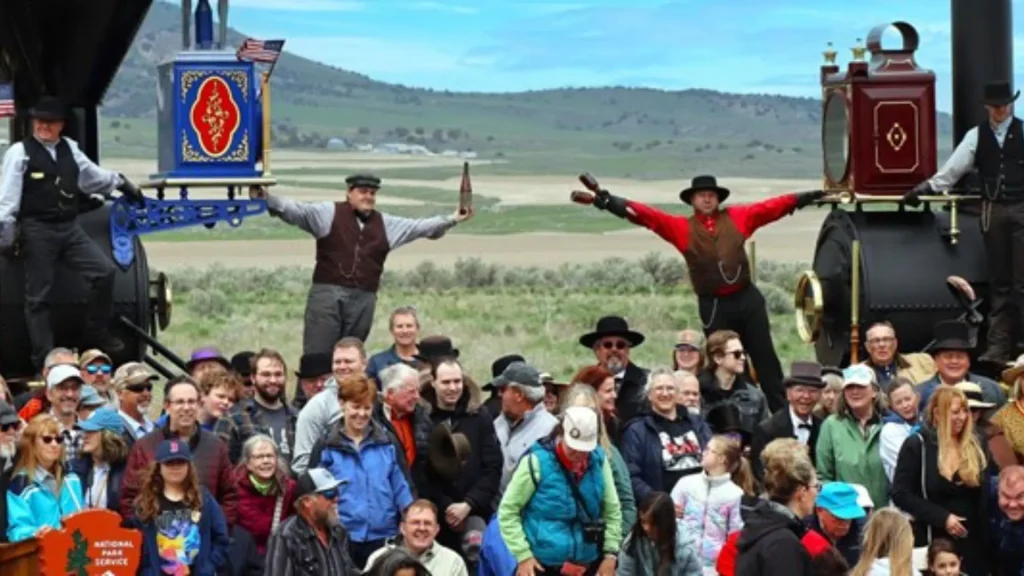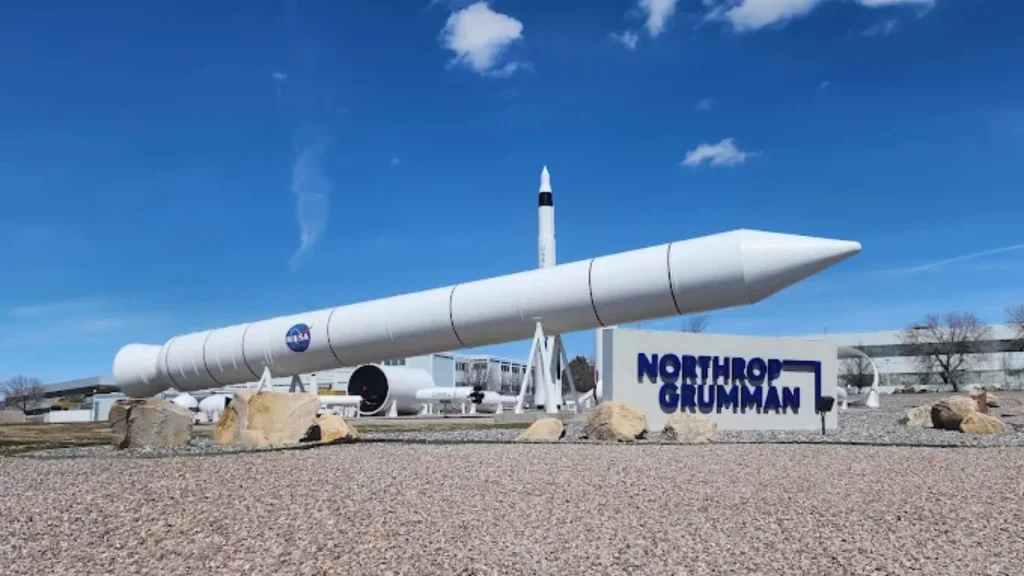



Utah is known for its Mormon heritage, the Great Salt Lake, the Bonneville Salt Flats, the “Mighty Five” national parks, and the Sundance Film Festival. But what you may not know is how important this state was to the development of the transcontinental railroad and how impactful the railroad was to Utah’s economy.
One small town played a critical role: Corinne, Utah. It became a leading freight-and-transfer junction to the north. Its founders also sought to break the monopoly held by Mormons and created a town of culture and business, at least for a few years. Let’s look closer at Corinne, Utah – its history, success, and demise – and what you can do today when you visit. Let’s dive in!
Corinne is a small town west of I-15 that sits along Highway 13 in northern Utah. Bringham City is southeast, about four miles. The Great Salt Lake is southwest of Corinne, and the state capital of Salt Lake City is south on I-15, about 62 miles. Corinne, Utah is only about 30 minutes south of the Idaho border. The town covers less than four square miles and is 4,226 feet in elevation.
Pro Tip: Be sure to check out this Dreamy Blue River in Utah if you’re headed to the Beehive State!
According to the 2020 Census, only about 800 people live in Corinne, Utah, an 18% increase over the 2010 Census, which recorded about 680 residents. During its heyday, the town had up to 1,000 citizens. Most residents living in Corinne, Utah, today are under age 65. Half of the households have children living at home, and roughly 8% of folks live under the poverty line.
In 1869, the Union Pacific Railroad established a shipping center in Corinne, Utah. It was named after the daughter of one of the founders. Within two weeks, numerous businesses were in place, like blacksmith shops, livery stables, boarding houses, hotels, newspapers, banks, warehouses, saloons, and gambling halls. Corinne became the freight-transfer point for the shipment of goods and supplies to mining towns in Montana via the Montana Trail.
Corinne, Utah, thrived for about a decade. It was known as the “Gentile Capital of Utah” because merchants who didn’t follow the Mormon faith established successful businesses here. Across Utah, Mormons ruled politically and economically. The non-Mormon founders of Corinne wanted to compete, and they did for a while.
Miners, railroad workers, and freighters stopped in Corinne for entertainment and commerce. They were welcome in this community. In 1870, the first Methodist church was built. Episcopals, Presbyterians, Catholics, Baptists, Jews, and Buddhists soon followed. Polygamy was outlawed.

Sadly, the thriving community of Corrine, Utah, didn’t last very long. Brigham Young and the Mormon people completed the Utah Northern Railroad from Ogden to Franklin, Idaho. In 1877, the Union Pacific Railroad bought the line and continued northward into Idaho. Because this railroad intersected with the Montana Trail at Marsh Valley, there was no need for rail traffic to come through Corinne.
Like the ghost towns of the gold rush and mining eras, Corinne, Utah, became a forgotten place. Merchants moved to Ogden, and Mormons moved in and took over what was left of the community. In 1914, the first Church of Latter-day Saints was built in Corinne, Utah. No longer was Corinne the “Gentile Capital of Utah.”
Corinne, Utah, isn’t a ghost town, but it’s not a bustling city for commerce either. One place worth visiting is Golden Spike National Historical Park, which is dedicated to the construction and completion of the first transcontinental railroad. It’s about 26 miles west of Corinne down Highway 83.

You can also travel the original transcontinental railroad route in Corinne, Utah. Designed by the Bureau of Land Management as a backcountry byway, the forgotten old right-of-way is open to automotive traffic for about 90 miles. Cyclists also enjoy biking in this remote desert environment.
Finally, a third unique attraction in Corinne, Utah, is the ATK Rocket Garden. Dozens of rockets are on display. For more than 50 years, the facility here has developed and tested various rocket motors for military and space exploration.

While Corinne, Utah, is only home to about 800 residents today and remains a quiet town less than an hour north of Salt Lake City, it was once a critical community along the Union Pacific railroad. Founded by people who wanted freedom from the Mormon traditions and beliefs, this “Gentile Capital of Utah” flourished for about eight years. Now, it’s a typical Mormon community in Utah, but it maintains its rich history and connection to the transcontinental railroad.
The next time you drive along I-15 in northern Utah, take exit 365 and travel about three miles to this quaint town. Grab lunch at Golden Spike Burgers and continue 30 minutes west to the national historical park to learn more about the rich history of Corinne.
Will you make this old railroad town your next stop on your road trip through the Beehive State?

